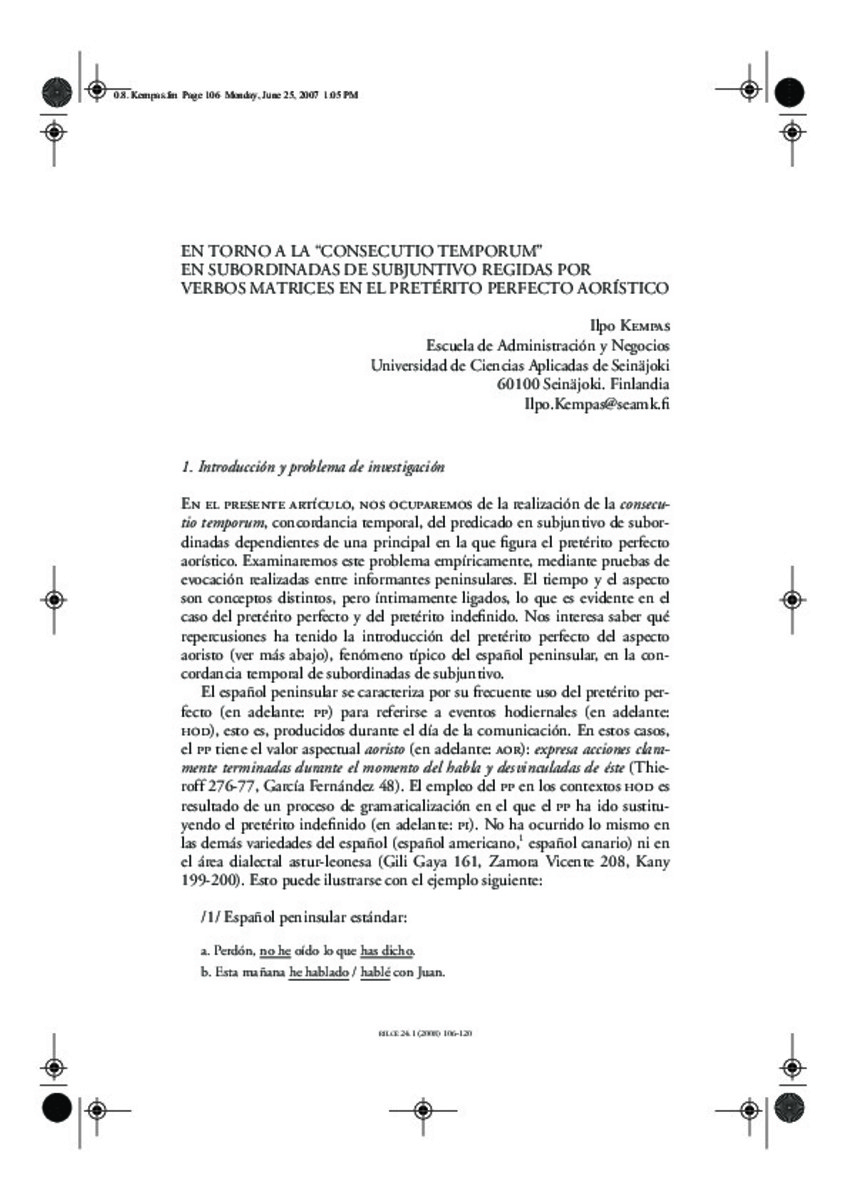En torno a la consecutio temporum en subordinadas de subjuntivo regidas por verbos matrices en el pretérito perfecto aorístico
Files in This Item:
Statistics and impact
Items in Dadun are protected by copyright, with all rights reserved, unless otherwise indicated.







